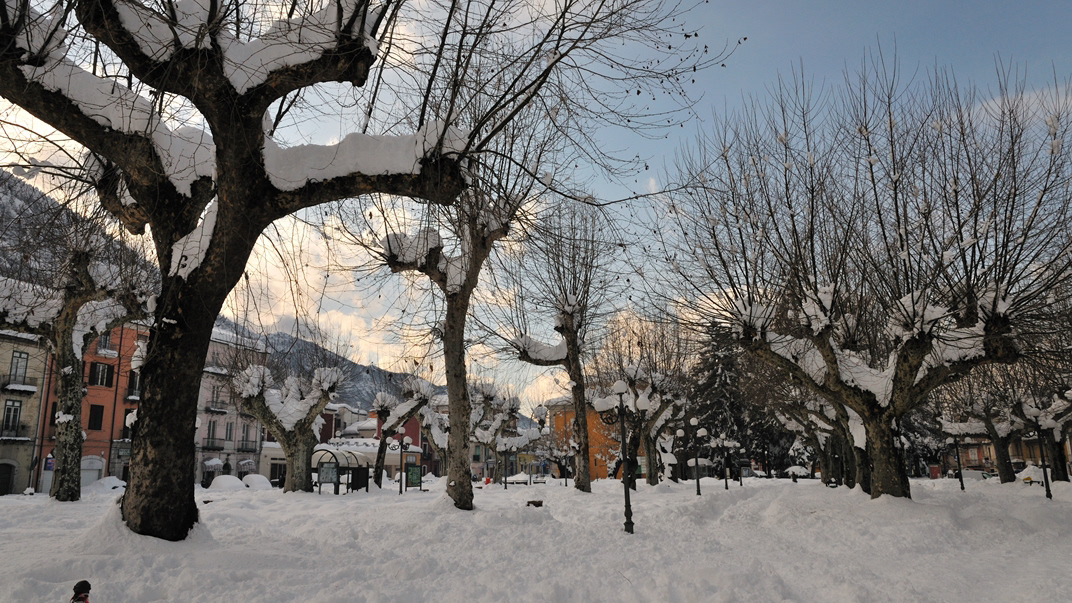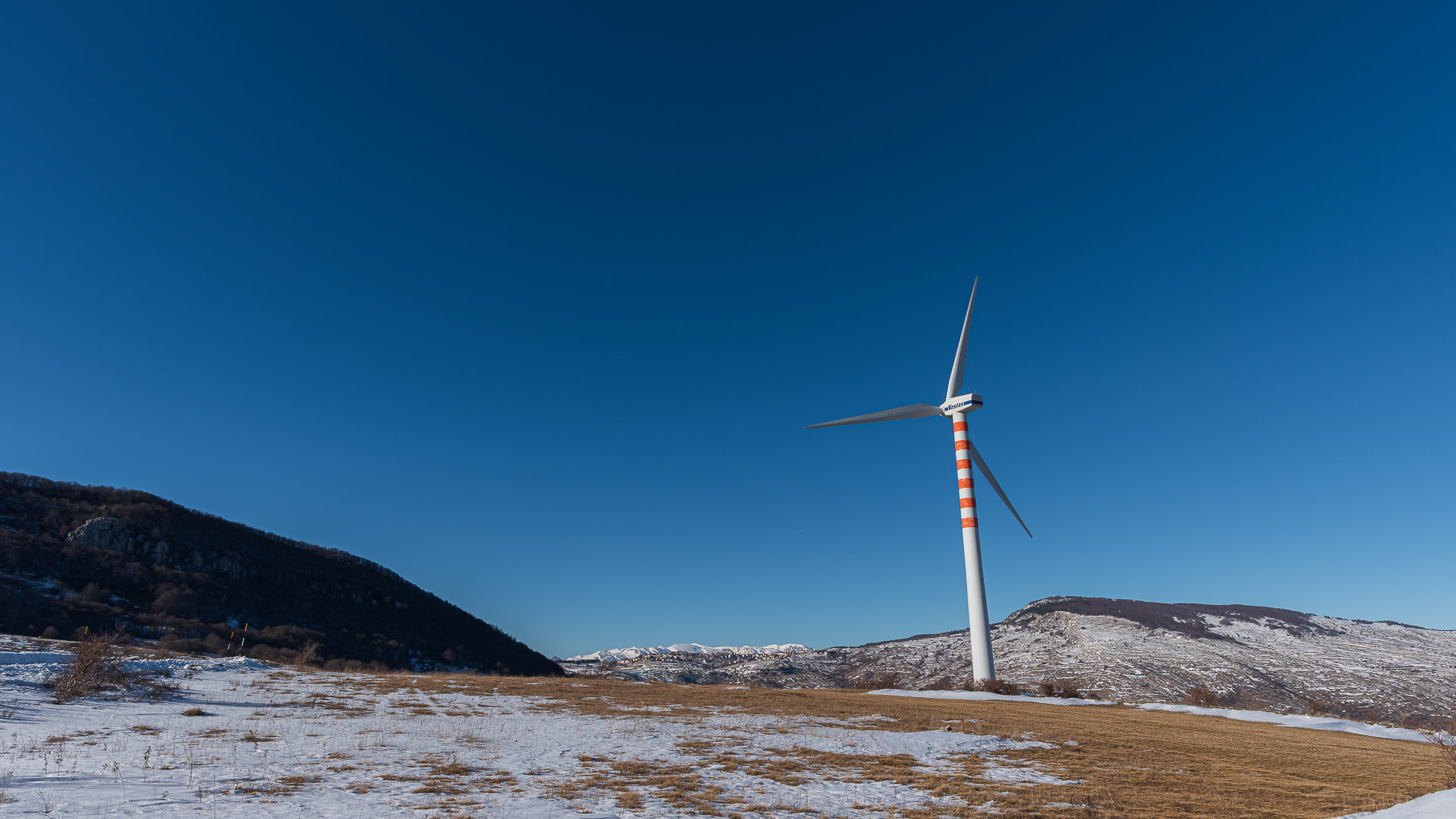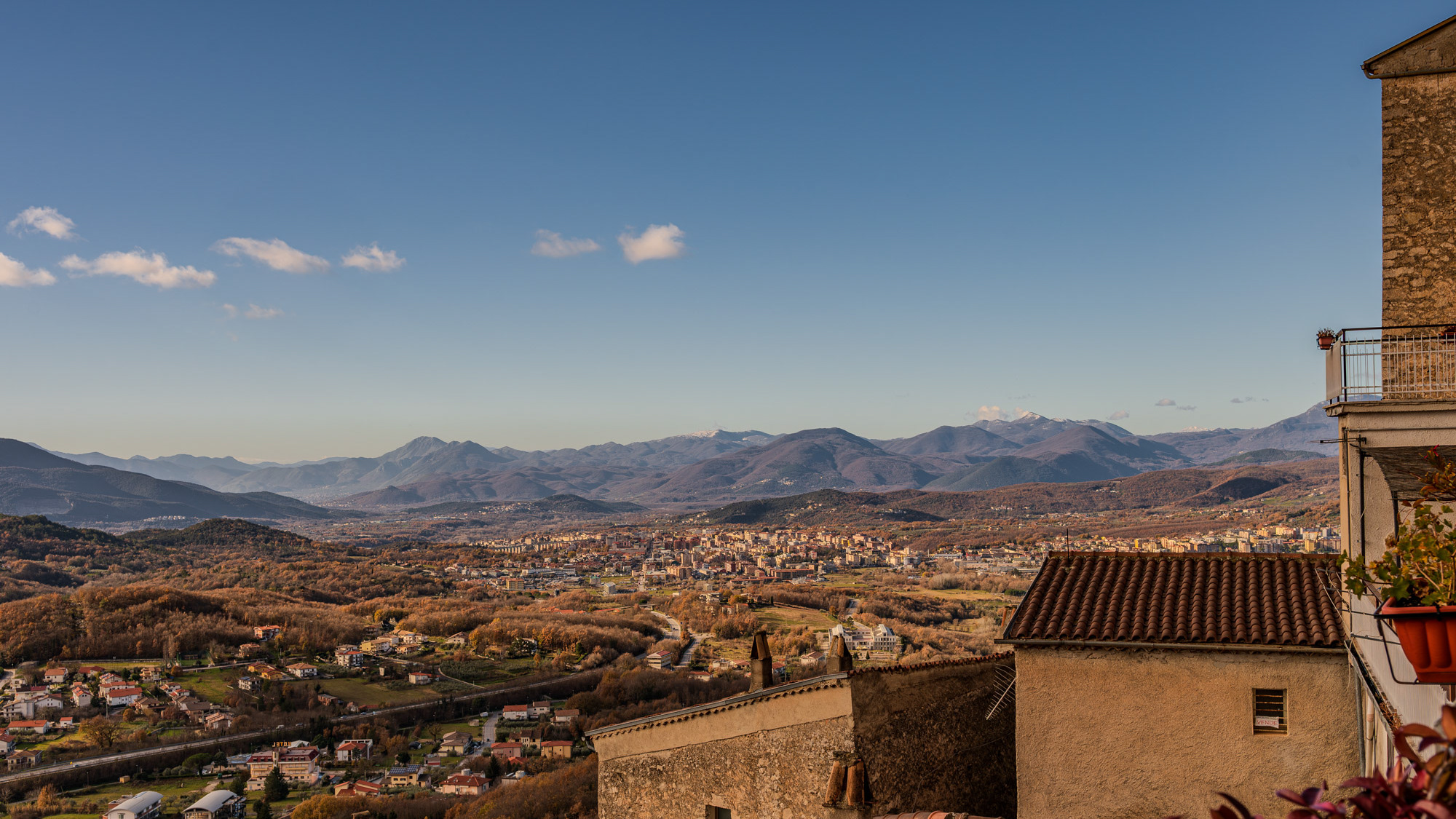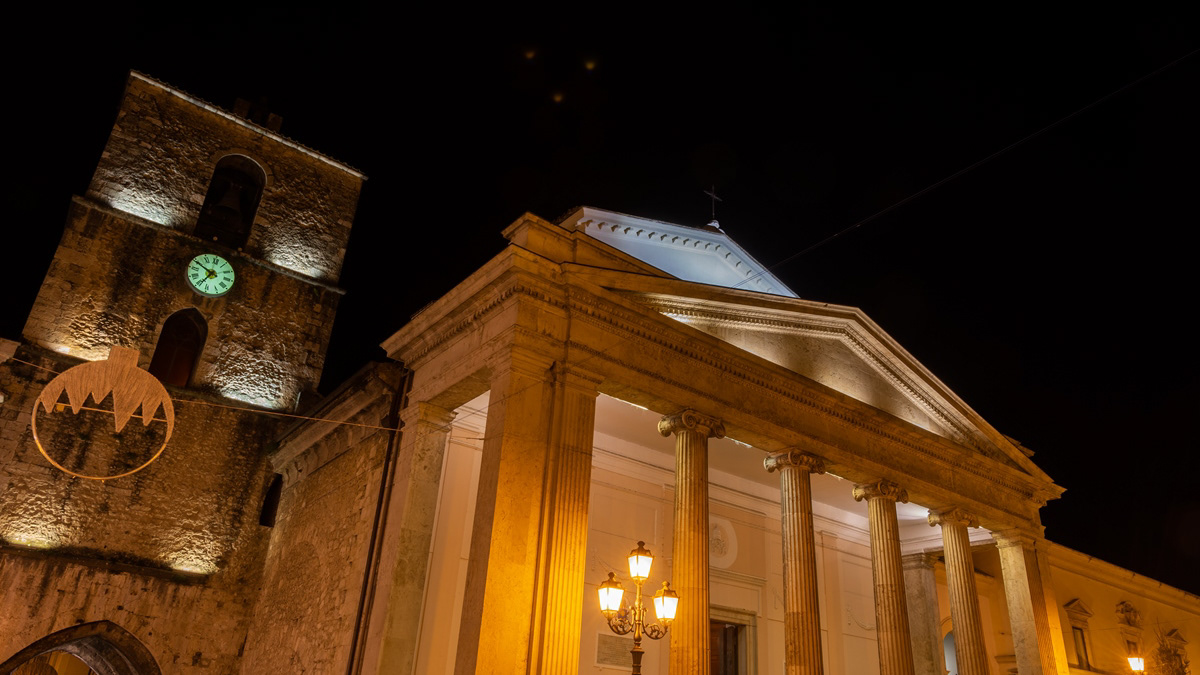San Pietro Avellana (IS), eremo di S. Amico
2015
You may also like

2018
Boiano (CB)
Bojano è un comune italiano di 8 097 abitanti della provincia di Campobasso. Importante città dei Sanniti, fu conquistata dai Romani nel III secolo a.C. a seguito della battaglia di Boviano. Nel VI secolo vi fu fondata la diocesi, collegata a Campobasso; facente parte del Ducato di Benevento, nel XIII secolo divenne la capitale del ducato omonimo, per poi entrare a far parte del Contado di Molise. Divenuta possesso dei vari signori campani Pandone, Carafa, De Capua, Bojano attraversò duri periodi a seguito del terremoto del 1805 prima, e della seconda guerra mondiale poi.

2022
Spectacular winter panorama 2022

2025
Isernia. View from Pesche

2018
Isernia, la Cattedrale, notturne
2021
Isernia, the Cathedral
The cathedral of San Pietro Apostolo is the most important Catholic church in the city of Isernia, mother church of the diocese of Isernia-Venafro and seat of the parish of the same name. It is located in Piazza Andrea d'Isernia, in the historic center of the city and stands on an ancient Italic pagan temple from the 3rd century BC; its present appearance is the result of numerous interventions, carried out both after the numerous earthquakes, and as a result of renovation projects of the building.
2022
Isernia. The Sanctuary of SS Cosma e Damiano
The Sanctuary of Santi Cosma e Damiano is located at an altitude of 400 meters. Inside, silver busts of the seventeenth century are venerated with the relics of the two saints inside, always inside two small plaster statues depicting the two saints to whom the sanctuary is dedicated. According to tradition, the sanctuary has existed since 1130, the first official document concerning it, however, dates back to 1523. In fact, in 1130 it seems that a chapel was built in this place, but this statement cannot be supported by any documentation that proves its actual presence. on that date. The current sanctuary as we can see it today dates back to the construction of 1523. Inside, the church has a single nave with a coffered ceiling. The presbytery ends with an apse. A beautiful cycle of frescoes depicting the life of Saints Cosma and Damiano of the Neapolitan school adorns the church. The ceiling was instead made by various artisans of Agnone. Inside the sanctuary we also find a collection of ex-votos that include painted tablets, sheets with inscriptions, photographs, anthropomorphic figurines and other objects.

2018
Isernia, Il convento celestino di S. Spirito
2022
Isernia. Monument to the fallen of the F. W. War
2022
The Church - cave of St. Michael the Archangel
The Grotta di San Michele Arcangelo, rebuilt and enlarged in 1890 on the remains of the ancient church. In it the pilgrim can experience the link between man and nature.

2018
Molise-Castelpetroso (IS) Basilica di M. S. Addolorata
Secondo la testimonianza delle veggenti, la Vergine Maria apparve la prima volta il 22 marzo 1888 a due pastorelle di nome Serafina e Bibiana in località Cesa tra Santi, sulle pendici del Monte Patalecchia. A questa prima apparizione ne seguirono altre e, in seguito al riconoscimento di tale fenomeno, papa Paolo VI ha proclamato Maria Santissima Addolorata di Castelpetroso patrona del Molise il 6 dicembre 1973. Negli anni novanta del XIX secolo, si decise di costruire un santuario presso il luogo delle apparizioni, ma più a valle rispetto a questo, affinché fosse più facilmente raggiungibile dai pellegrini. Il progetto venne affidato a Giuseppe Gualandi, alla cui morte (1944) subentrò il figlio Francesco. Il 28 settembre 1890 venne posata la prima pietra e si diede inizio alla costruzione del santuario. Essa procedette a rilento a causa di problemi economici e delle due guerre mondiali: nel 1907 fu terminata e aperta al culto la cappella dei Polacchi, ma le mura perimetrali della chiesa furono portate a compimento solo nel 1950[2], grazie alle sovvenzioni di don Nicolino Passarelli, canonico teologo della cattedrale di Venafro, avvocato della Sacra Rota e professore. Nei decenni successivi si completò il santuario che venne consacrato il 21 settembre 1975 dal vescovo di Boiano-Campobasso Alberto Carinci.
